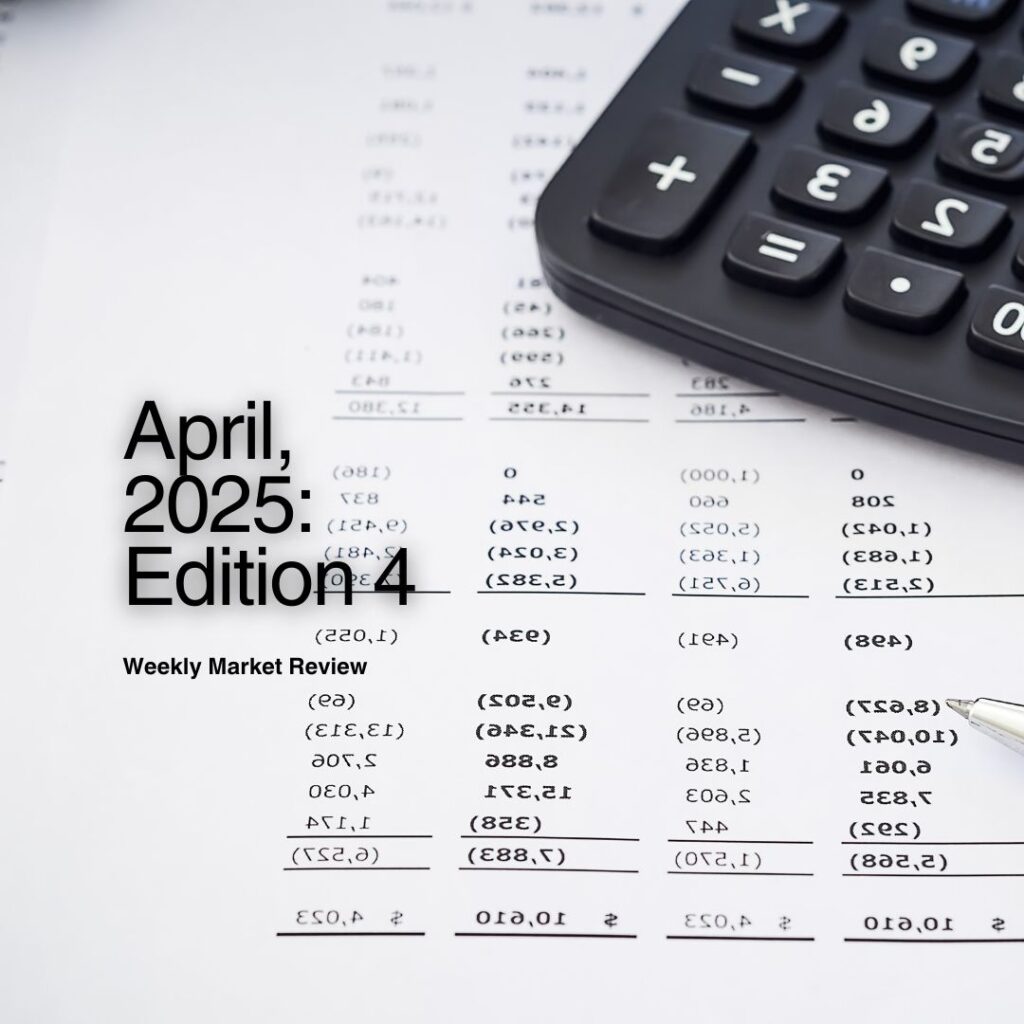Mid-Week Market Review: May 2025, Edition 1

Mid-Week Market Review: May 2025, Edition 1
Weekly Market Review: May 2025, Edition 1

Weekly Market Review: May 2025, Edition 1
Mid-Week Market Review: April 2025, Edition 5

Mid-Week Market Review: April 2025, Edition 5
Weekly Market Review: April 2025, Edition 4

Weekly Market Review: April 2025, Edition 4
Mid-Week Market Review: April 2025, Edition 4

Mid-Week Market Review: April 2025, Edition 4
Weekly Market Review: April 2025, Edition 3

Weekly Market Review: April 2025, Edition 3
Mid-Week Market Review: April 2025, Edition 3

Mid-Week Market Review: April 2025, Edition 3
Weekly Market Review: April 2025, Edition 2

Weekly Market Review: April 2025, Edition 2
Mid-Week Market Review: April 2025, Edition 2

Mid-Week Market Review: April 2025, Edition 2
Weekly Market Review: April 2025, Edition 1

Weekly Market Review: April 2025, Edition 1
